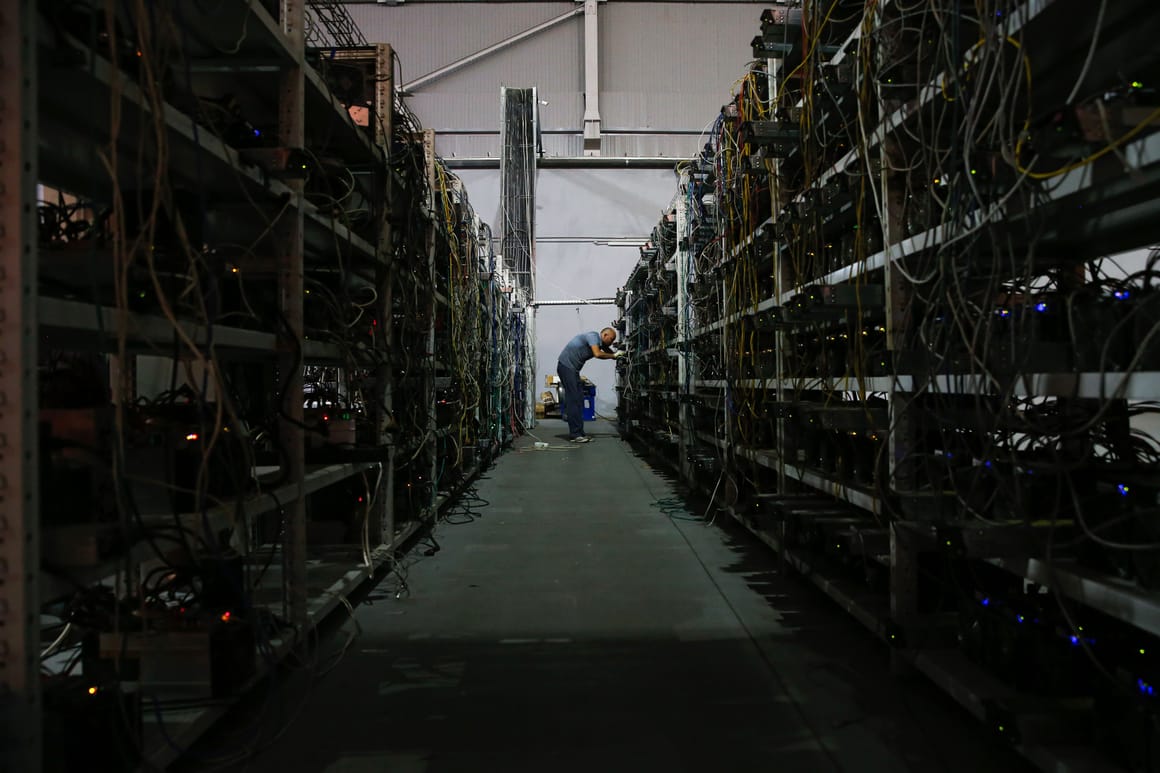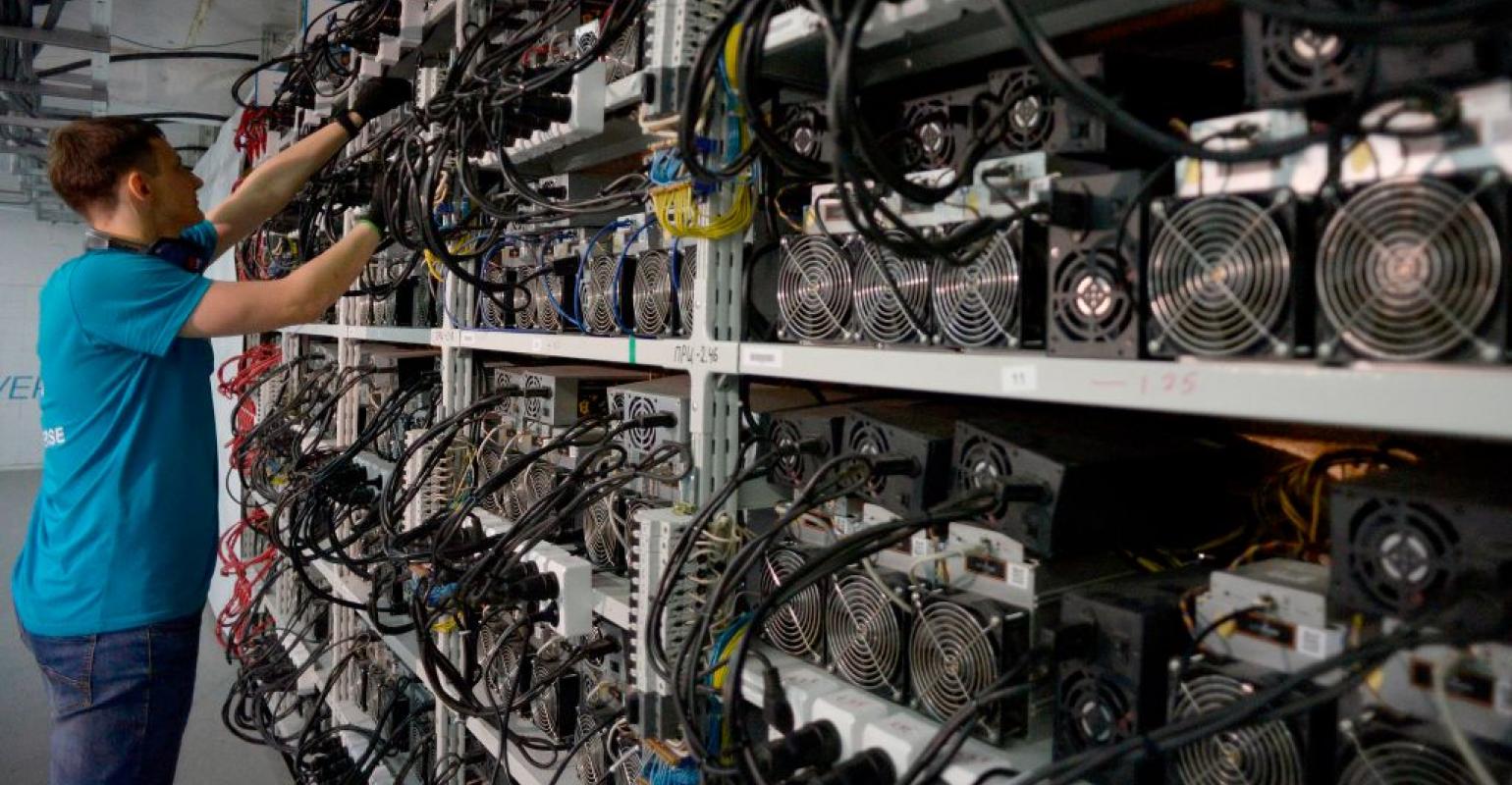More On: Bitcoin mining
Bitcoin mining software is getting its first major update in more than a decade. Here's what's new
In June, Bitcoin miners sold roughly 400% of their production
Bitfarms sells $62M BTC to boost market liquidity
The difficulty of mining bitcoins on the network has risen to a record level
The software used to mine bitcoins just got its first update since late 2012. A group of companies, including payments giant Block (formerly Square), are trying to help the open-source protocol become an industry standard.
This could make it easier for more people to mine bitcoins by letting them use slower internet connections and improving security so that miners get paid for their work.
Proof-of-work mining is how Bitcoin works. This means that miners all over the world use high-powered computers to make new bitcoin and verify transactions. Mining requires professional-grade tools, some technical knowledge, a lot of electricity, and a special kind of software.
Most miners don't access the bitcoin protocol directly anymore. Instead, they use a protocol called Stratum that acts as a middleman. Stratum makes it easy for the bitcoin network, miners, and mining pools to talk to each other. Mining pools combine the hashing power of thousands of miners from all over the world.
Miners use Stratum to send in their work and get paid when they finish a new block of transactions.
Tuesday, a group of developers working on Bitcoin will release version 2 of Stratum under an open-source license so that the mining industry can test and evaluate it.
To get the mining industry to use the new protocol, it will take some work, so Spiral, a subsidiary of Jack Dorsey's payments company Block (formerly Square), is teaming up with bitcoin mining company Braiins to start a group to test and improve the open-source software before they try to get everyone to use it.

What the upgrade does
At the moment, each mining rig in a large farm usually connects directly to a pool. A lot of energy is wasted with this setup. Lee says that Stratum V2 can work with a proxy that collects all the connections and only makes one connection to the pool.
The way this data is sent is also being changed to be more efficient.
"Overall, miners and pools need to send much less data to each other," said Lee. "This could help miners in remote parts of the world with slow internet."
The upgrade is also meant to make things safer. Today, you can steal a miner's hash rate, which can cause some miners to lose money. Hash rate is a term for how fast all of the computers on the bitcoin network work together. Lee says that Stratum V2 solves this problem by putting in place a standard security system between miners and pools. This system includes authentication and encryption.
The version being released on Tuesday is for initial testing. In early November, a more robust version will come out with more features, such as job negotiation. This is a "feature that represents a historic shift in the censorship-resistant mechanics of bitcoin mining by giving miners the ability to choose their own work," according to a statement from Spiral and Braiins.
Lee said that there are a lot more miners than pools, so if miners choose transactions, it is much less centralized than if only a few pools did it.
"Working to get the upgraded Stratum protocol used by everyone in the industry is one of the most important ways to make bitcoin's architecture more decentralized and resistant to censorship," Lee said.
As for when, the pilot and integration testing will happen this fall. Once miners and pools are sure that the new protocol works well, it is likely that more people will use it next year.
"I think the hash rate will slowly go up in 2023," Lee told CNBC. "Getting to 10% hash rate by the end of 2023 would be a big win," Lee said.
Lee also said that the new version of Stratum might not replace the old one for a few years.
"Miners are well aware of the benefits of upgrading to Stratum V2," said Jan Capek, co-founder of Braiins. "But getting the whole mining industry to get over some of the last development and adoption hurdles is a big job."
"Universal standards for running and building Stratum V2 and the work of this working group to move the industry forward will give bitcoin the momentum it needs to finally upgrade from a version of its mining protocol that was built a decade ago," said Capek.
There will be different ways to use Stratum V2, just like there are different ways to use the Lightning Network, which is a payment system built on top of bitcoin's base layer. But the open-source version that came out on Tuesday will make it easier for everyone to try out the technology at the same time. It will also make sure that all the different projects can talk to each other.

Block jumping into mining
In April, Blockstream and Block announced at the Bitcoin 2022 conference in Miami that they were starting construction on a solar- and battery-powered bitcoin mine in Texas that would use Tesla's solar and storage technology.
The building will be powered by the 3.8 megawatt solar PV array and 12 megawatt-hour Megapack from Tesla.
Block is also working on a project on his own to make bitcoin mining more efficient and spread out.
Thomas Templeton, the general manager for hardware at Block, says that making the mining process easier to use is about more than just making new bitcoin. He says that the company sees it as a long-term need for a fully decentralized, permissionless future.
In October, when he first brought up the idea, Dorsey wrote in a tweet that "mining needs to be more spread out." "The bitcoin network will be stronger the more decentralized this is."
In order to do this, the company is getting rid of one of the biggest barriers to entry: the fact that mining rigs are hard to find, expensive, and sometimes hard to get. Block says it is open to making a new ASIC, which is specialized equipment used to mine for bitcoin.
The project is being worked on by Block's hardware team, which is putting together a core engineering team led by Afshin Rezayee and made up of system, ASIC, and software designers.
** Information on these pages contains forward-looking statements that involve risks and uncertainties. Markets and instruments profiled on this page are for informational purposes only and should not in any way come across as a recommendation to buy or sell in these assets. You should do your own thorough research before making any investment decisions. All risks, losses and costs associated with investing, including total loss of principal, are your responsibility. The views and opinions expressed in this article are those of the authors and do not necessarily reflect the official policy or position of USA GAG nor its advertisers. The author will not be held responsible for information that is found at the end of links posted on this page.
















